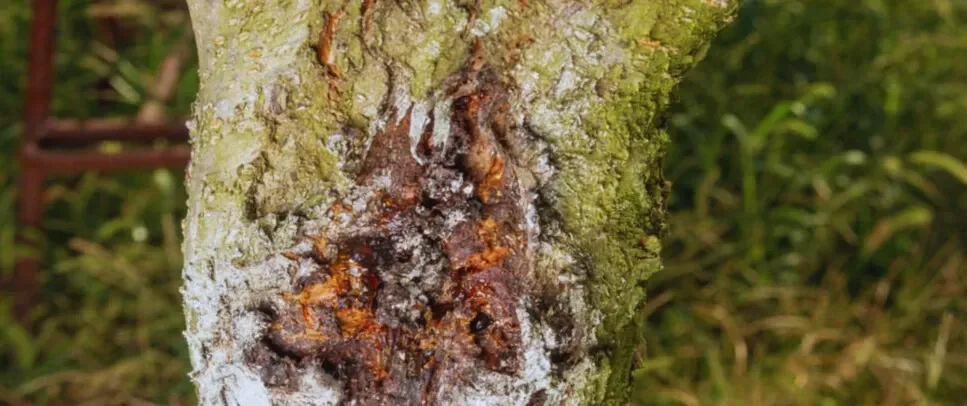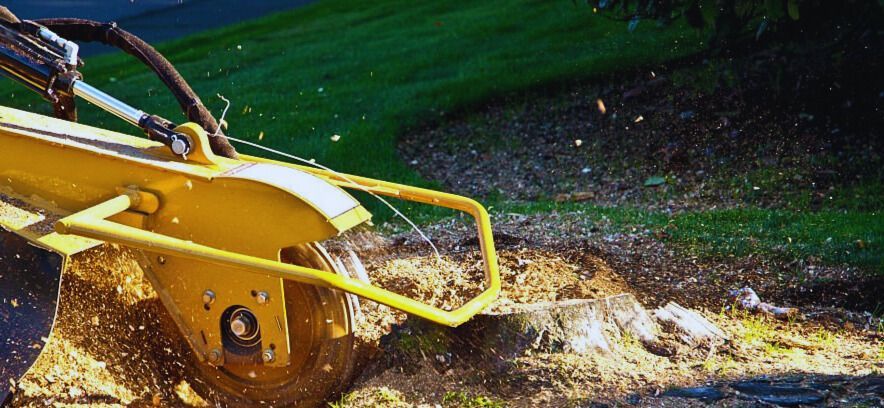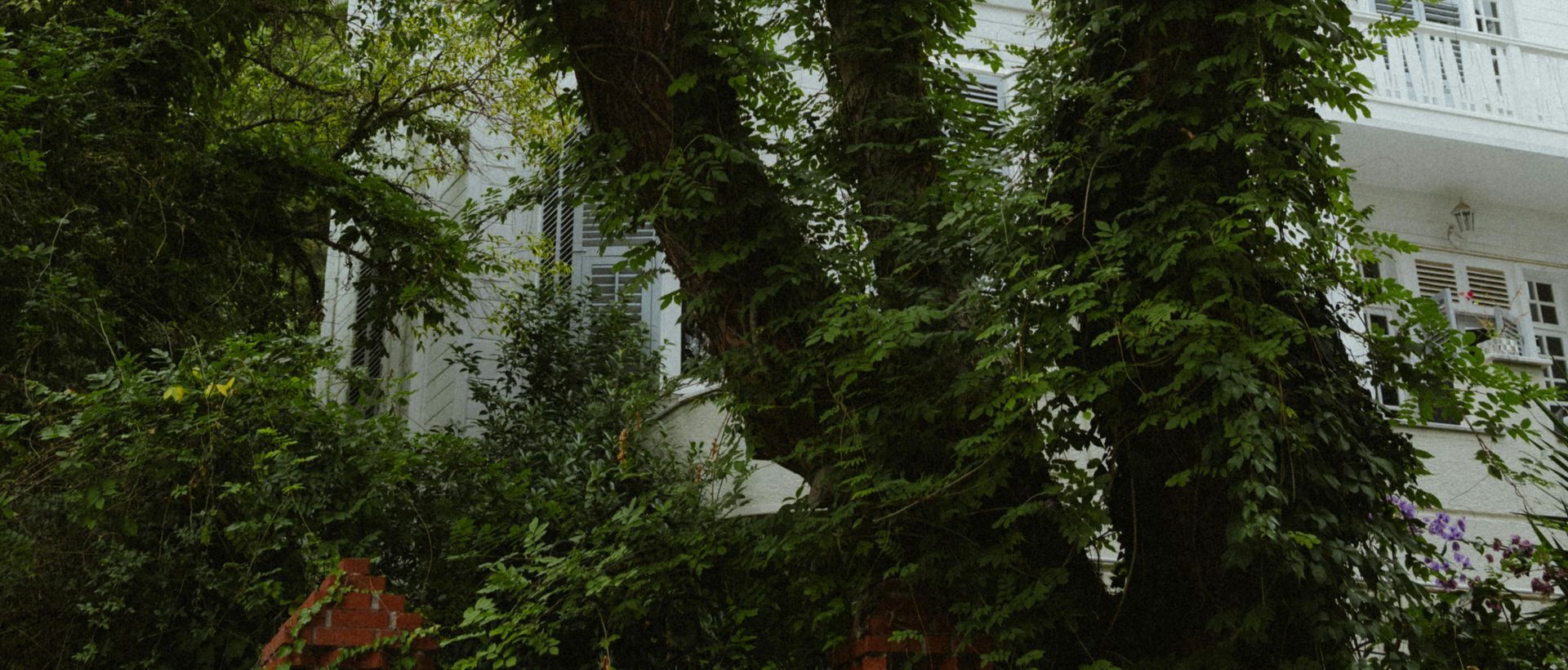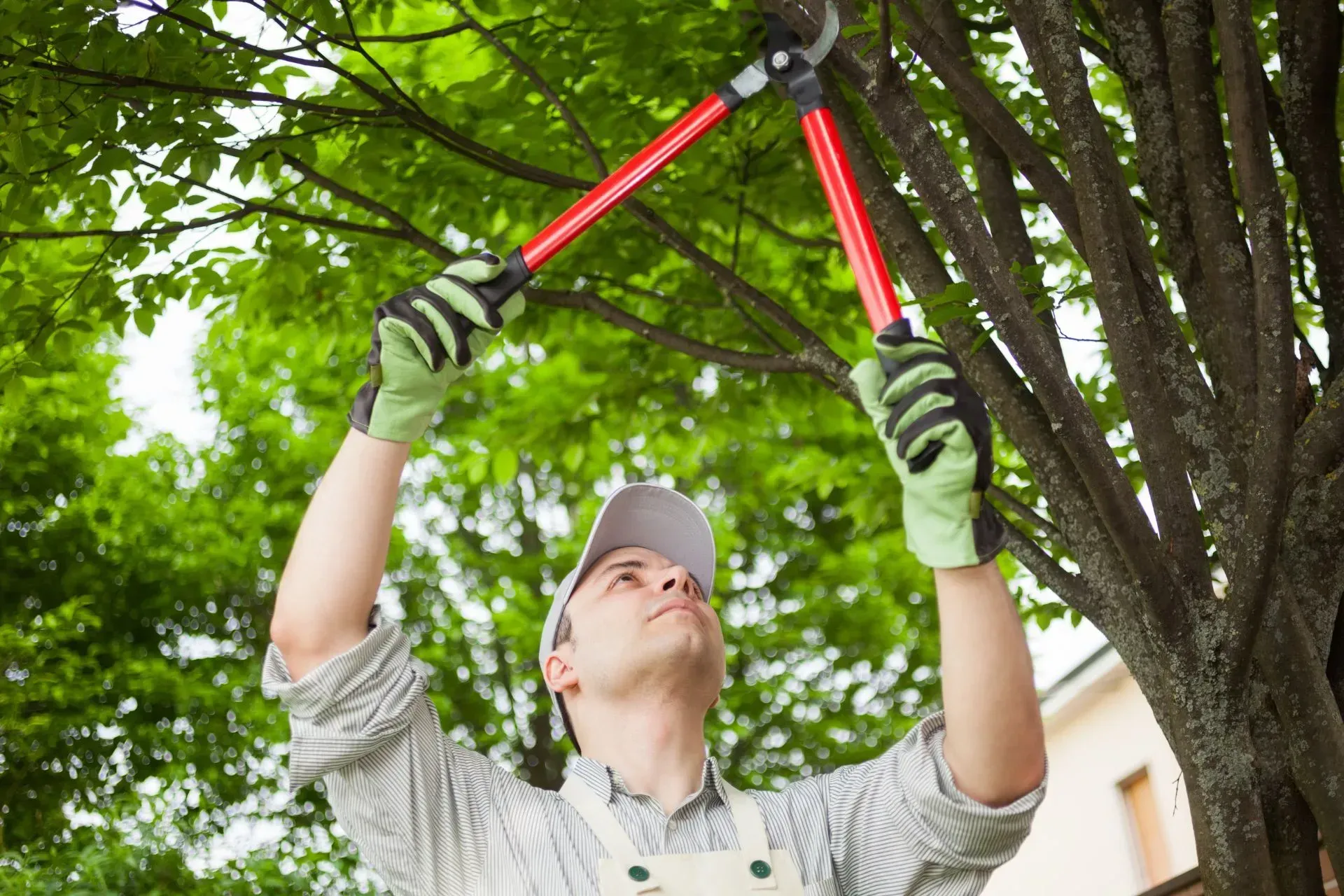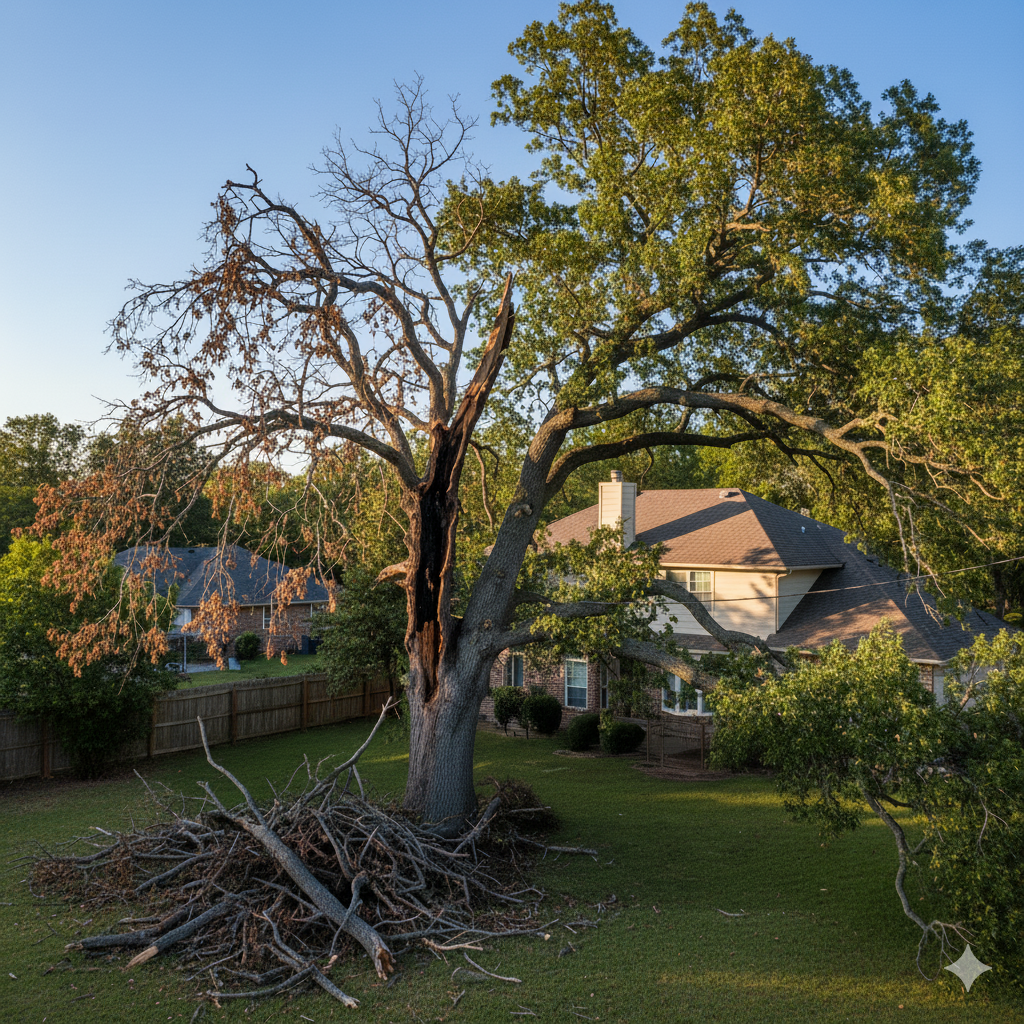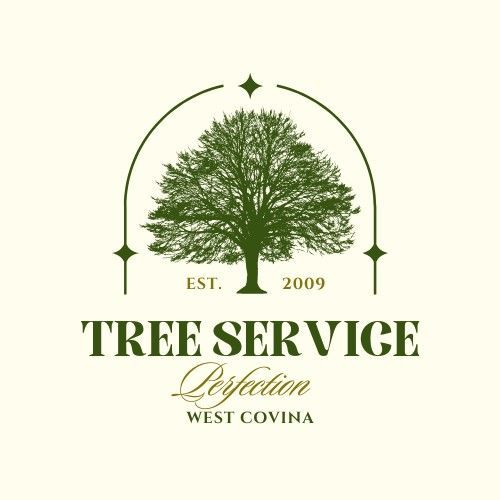The Surprising Ways Trees Can Boost Your Property Value
When people think about improving their home’s value, they often imagine kitchen upgrades or fresh paint. Rarely do they think about the trees in their yard. However, trees are one of the most overlooked yet powerful investments you can make on your property. In this article, we’ll uncover the surprising ways trees can boost your property value and why savvy homeowners, real estate agents, and property developers are paying more attention to them than ever before.
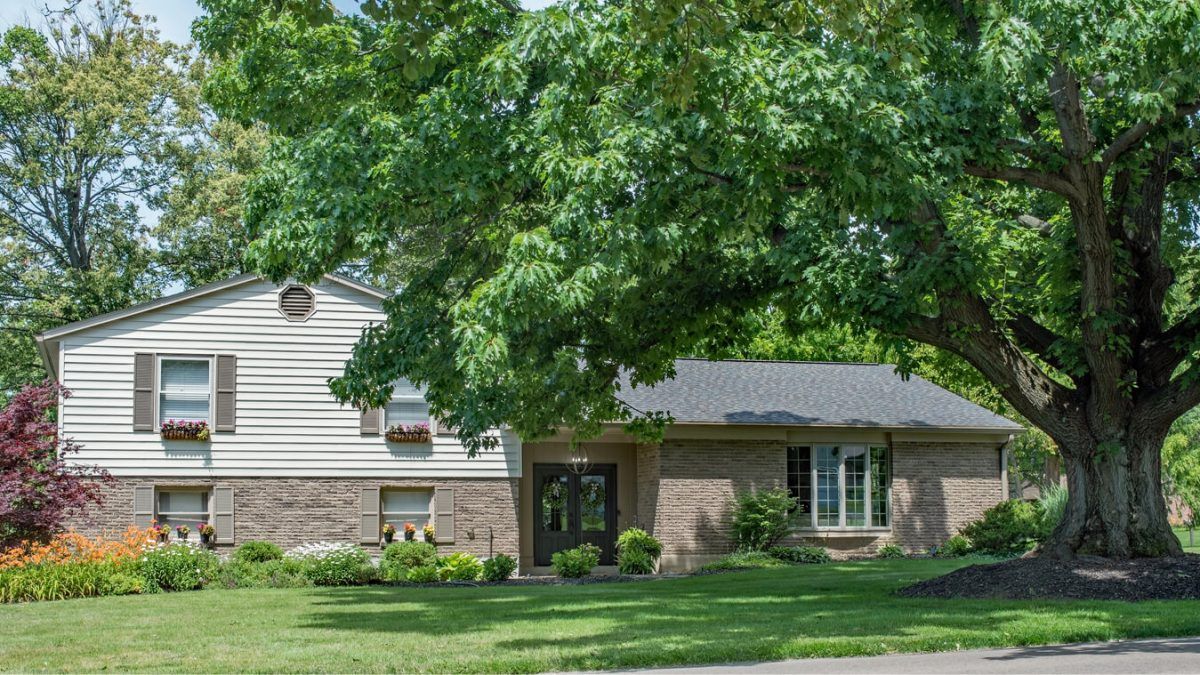
The Power of Trees: Nature's Investment
Trees serve as living, growing investments. Unlike many home upgrades that depreciate or require frequent updates, trees typically appreciate over time. As they mature, their contribution to property value grows, making them an incredibly smart and sustainable asset.
Studies consistently show that well-maintained trees can increase property value by anywhere from 7% to 20%. This makes them one of the most cost-effective landscaping features available.
The Science Behind Property Value Increase
Research conducted by the USDA Forest Service and other institutions highlights the financial impact of trees. For instance, homes with street trees sell for an average of $7,000 to $10,000 more than comparable homes without. Appraisers often assign real dollar value to mature trees during assessments, recognizing their long-term economic benefit.
Curb Appeal: The First Impression Counts
First impressions matter deeply in real estate. A tree-lined driveway, a grand oak in the front yard, or strategically planted flowering trees can create a picturesque view that captures buyers’ attention instantly. Homes with high curb appeal sell faster and often for higher prices.
Shade and Cooling Effects
During hot summers, strategically placed trees can reduce cooling costs by up to 25%. The shade they provide not only improves comfort but also protects the home’s exterior, prolonging the lifespan of roofing and siding materials.
Privacy and Noise Reduction
Tall evergreens and dense deciduous trees serve as natural privacy screens, blocking the view of neighbors or busy streets. Moreover, they act as sound barriers, significantly reducing noise pollution — a selling point especially valuable in urban or suburban environments.
Emotional and Mental Well-Being
The calming effect of trees is undeniable. Numerous psychological studies confirm that green spaces reduce stress, improve mood, and contribute to overall mental health. Buyers are willing to pay more for homes that offer peaceful, nature-infused environments.
Increased Biodiversity & Ecological Balance
Trees attract birds, butterflies, and beneficial insects, fostering an ecosystem that contributes to biodiversity. A property with thriving wildlife often feels more alive and attractive to nature-loving buyers.
Trees as Long-Term Investments
Unlike other features that may depreciate or go out of style, trees usually become more valuable as they mature. A 20-year-old tree can add significantly more value than a newly planted one, assuming it's healthy and well-maintained.
Neighborhood Appeal and Social Benefits
Tree-lined streets contribute to neighborhood desirability. Studies show that neighborhoods with mature trees tend to have higher property values, stronger community ties, and lower crime rates.
Insurance Benefits and Reduced Risk
Properly placed trees act as windbreaks, protecting homes from strong winds and severe weather, potentially reducing insurance claims and premiums.
Trees and Air Quality
Trees absorb pollutants and carbon dioxide while releasing oxygen. Improved air quality not only enhances residents’ health but also makes the neighborhood more appealing to potential buyers concerned about environmental factors.
Erosion Control and Soil Stability
Tree roots bind soil, preventing erosion that could otherwise damage foundations, driveways, or landscaping. This protection can save homeowners substantial repair costs over time.
Tree Placement Strategies
To maximize value, trees should be strategically placed. Avoid planting too close to the home or utilities. Plant shade trees on the southwest side, evergreens on the north for wind protection, and flowering trees near outdoor living spaces for added beauty.
Selecting the Right Trees
Not all trees are created equal when it comes to adding value. Species like oak, maple, magnolia, and dogwood are prized for their beauty, resilience, and minimal maintenance requirements.
Native vs Exotic Trees
Native trees are often better adapted to local conditions and require less maintenance. However, certain non-native species can offer unique aesthetic appeal. The key is choosing species that thrive in your region without becoming invasive.
Professional Tree Care Services
Maintaining tree health is critical. Regular pruning, pest management, and disease prevention ensure that your trees remain assets rather than liabilities. Working with a professional Tree Service can provide expert guidance.
When to Hire a Tree Service
Call in a professional for large pruning jobs, storm damage cleanup, or health assessments. A certified arborist can identify issues early, preserving the value of your trees before problems escalate.
The Cost of Tree Maintenance vs ROI
While tree care involves some expense, the long-term return far outweighs these costs. Preventive care can save thousands in repairs while ensuring your property value continues to grow.
Legal Considerations and Property Lines
Planting too close to a property line can lead to disputes. Always check local regulations and ensure trees don’t infringe on neighboring properties. This helps you avoid legal headaches down the road.
Trees in Different Climates
What thrives in California may struggle in New England. Tailor your tree selections based on your local climate to ensure long-term health and maximum value.
Common Mistakes to Avoid
Overplanting, choosing invasive species, or neglecting maintenance can turn a beautiful tree into a costly problem. Always plan your landscaping with future growth in mind.
How Real Estate Agents Use Trees in Marketing
Agents often highlight mature trees in listing photos and descriptions. Phrases like “park-like setting” or “shaded oasis” attract attention and suggest luxury, peace, and quality of life.
Case Studies: Before and After
Numerous case studies showcase properties that gained $20,000 or more in value after strategic tree planting and care. Before-and-after photos often reveal dramatic improvements in curb appeal and marketability.
Trees and Sustainability Certifications
Homes with healthy landscaping may qualify for green certifications such as LEED or Green Building. These certifications can add both market appeal and resale value.
Impact on Home Appraisals
Appraisers consider mature trees a contributing factor to value. A well-maintained yard with healthy trees can easily add thousands to an appraisal, sometimes tipping the scales during a sale.
Selling a Home with Mature Trees
When selling, emphasize your mature trees as part of your home’s unique character. Showcase them in photos, list their benefits, and mention any professional care or certifications.
Potential Challenges and Solutions
Pests, disease, and storm damage can all threaten your investment. However, timely intervention by professionals minimizes risks and preserves the long-term benefits trees provide.
Future Trends in Landscaping and Trees
As sustainability becomes a selling point, buyers increasingly value eco-friendly landscaping. Expect to see demand for drought-tolerant trees, smart irrigation, and native species rise.
Frequently Asked Questions (FAQs)
How much value do trees add to a property?
Studies suggest trees can boost property value by 7% to 20%, depending on species, location, and maintenance.
What type of trees are best for increasing property value?
Hardy, low-maintenance trees like oak, maple, dogwood, and magnolia are excellent choices.
Do trees really lower energy costs?
Yes, strategically placed shade trees can reduce cooling costs by up to 25% during hot months.
Are there any trees I should avoid planting?
Avoid invasive species, those prone to disease, or trees with weak wood that breaks easily during storms.
When should I hire a professional tree service?
Hire a Tree Service for large pruning jobs, health assessments, storm damage cleanup, or pest management.
Can poorly maintained trees reduce property value?
Absolutely. Dead or hazardous trees can detract from value and may even pose safety risks that discourage buyers.
Conclusion
Trees are far more than decorative landscape features — they are living investments that grow in both beauty and financial value. Whether you’re a homeowner looking to build equity or a seller hoping to increase your asking price, strategic tree planting and maintenance can deliver outstanding returns. If you need expert advice or services, don’t hesitate to contact a professional tree care provider today!
Links:
